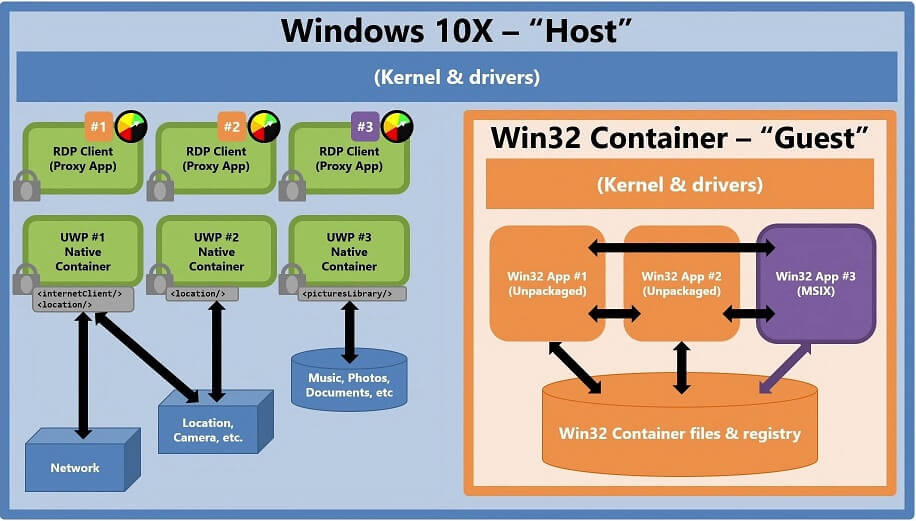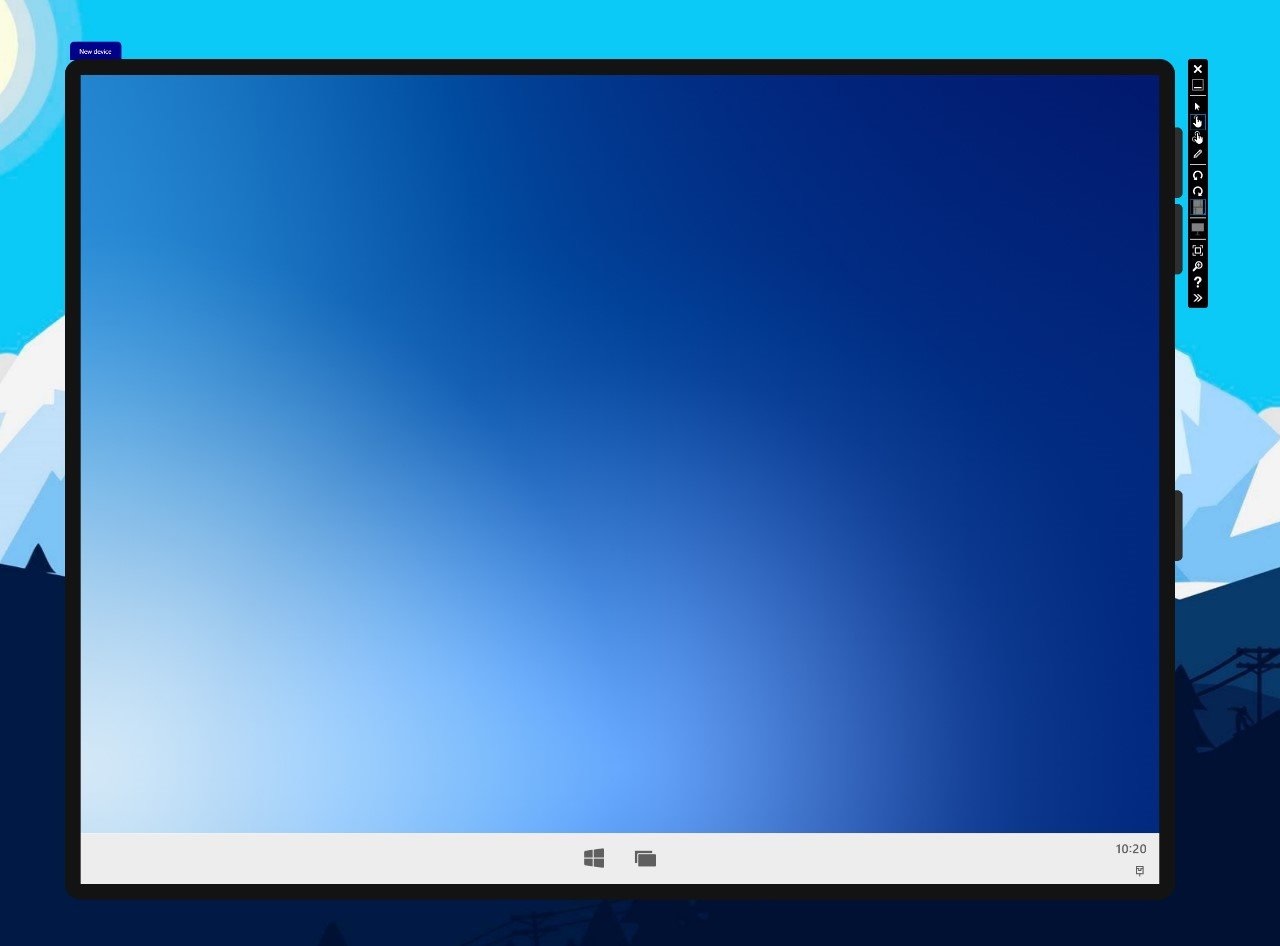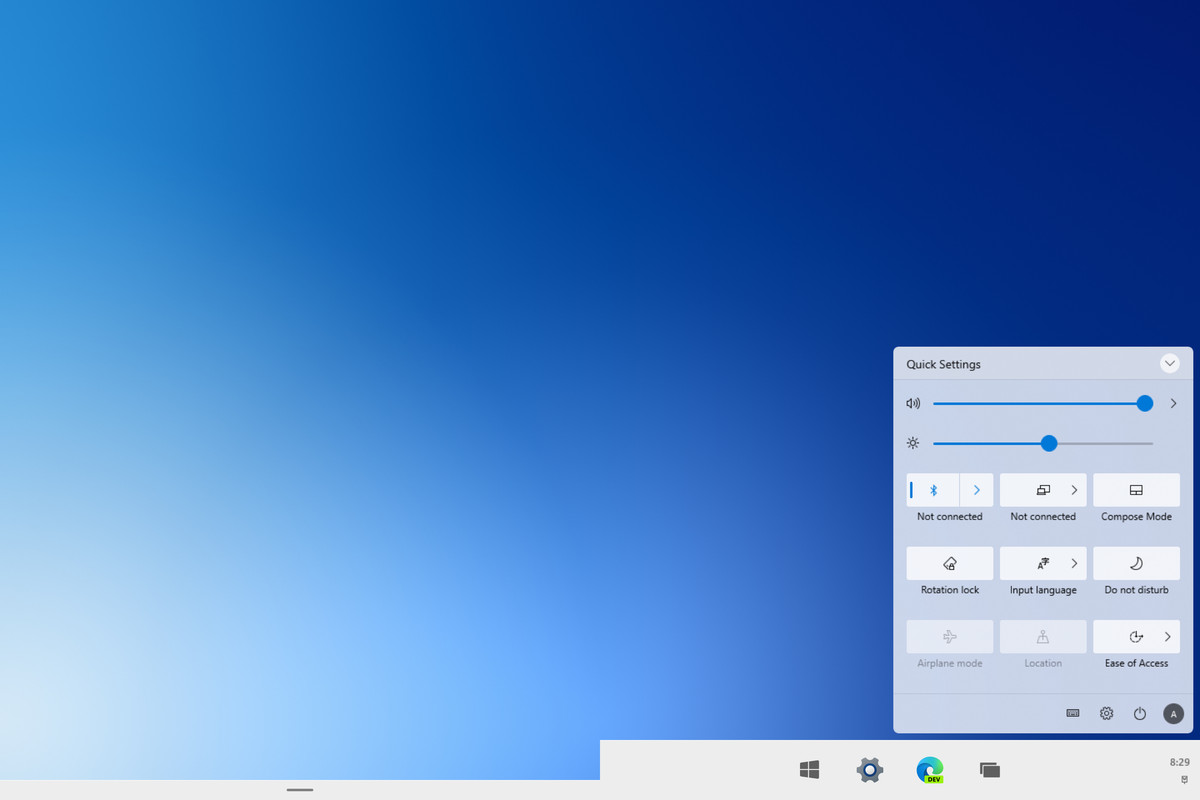What we know so far

The standard and more adaptive version of Windows 10 is currently called “Windows 10X” and will arrive in traditional single-screen laptops in the first half of 2021.
The standard version of Windows 10 was first announced in October 2019, and Microsoft originally said the Surface Neo would be the first device to run the new OS.
However, everything has changed after Microsoft started preparing Windows 10X for single-screen devices in an effort to meet customers’ current needs. Microsoft has also removed the Surface Neo list to make it clear that it won’t be coming this holiday season.
For now, we’re not sure if Microsoft will release Windows 10X betas for testers in the Insider Program, which raises new questions and concerns about exactly how the operating system should work.
Before we start speculating about the plans to roll out Windows 10X, let’s first define what we know.
What is Windows 10x?
Windows 10X is also known as Windows Lite internally and is based on Windows Core OS, which unifies Windows Shell and other components.
This new operating system is designed to operate on both single-screen and dual-screen form factors, and is modern without out-of-date components.
Additionally, Windows 10X comes with a new user interface that ditches support for live tile icons and also allows Windows Update to run smoothly in the background.
Windows 10x release date
According to sources, Microsoft is currently planning to introduce Windows 10X at some point in the first half of 2021 without native support for Win32 apps. Windows 10X single-screen PCs are also set to arrive in the second quarter or spring of 2021.
To make way for the release of Windows 10X, Microsoft also appears to be considering changes to the Windows 10 upgrade cycle.
From now on, Windows 10 will receive only one feature update per year. After the launch of Windows 10X in the first half of 2021, Microsoft will begin rolling out the first feature update for Windows 10.
In the first half of 2022, we’ll see the first big Windows 10X feature update that will add support for dual-screen devices, such as the Surface Neo and the Lenovo ThinkPad Fold.
Windows 10X loses support for virtualization of Win32 applications
Unfortunately, Microsoft has removed virtualization technology from Windows 10X internal builds. This would have allowed Win32 applications (desktop or classic applications) to run smoothly in the container.

As we first mentioned earlier this year, Microsoft is not satisfied with the performance of Win32 applications on Windows 10X due to limitations.
For example, some Win32 apps struggle to access the original features available outside of the container, which includes screen sharing and alerts when apps are minimized to the taskbar.
This is the opposite of Windows 10X, which is supposed to offer performance and compatibility at the same time.
As a result, internal Windows 10X releases have dropped support for Win32 applications. You can only run UWP and web apps locally, which could turn Windows 10X into a lightweight operating system suitable for Chromebook-like devices.
Microsoft will allow early users to stream Win32 applications via a web service, which only works when you have an internet connection.
While plans are always subject to change, Microsoft internally decided not to go ahead with the dual-screen model for another year.

Subtly charming zombie buff. Amateur analyst. Proud tvaholic. Beer fanatic. Web expert. Evil troublemaker. Passionate internet maven. Gamer. Food evangelist.








